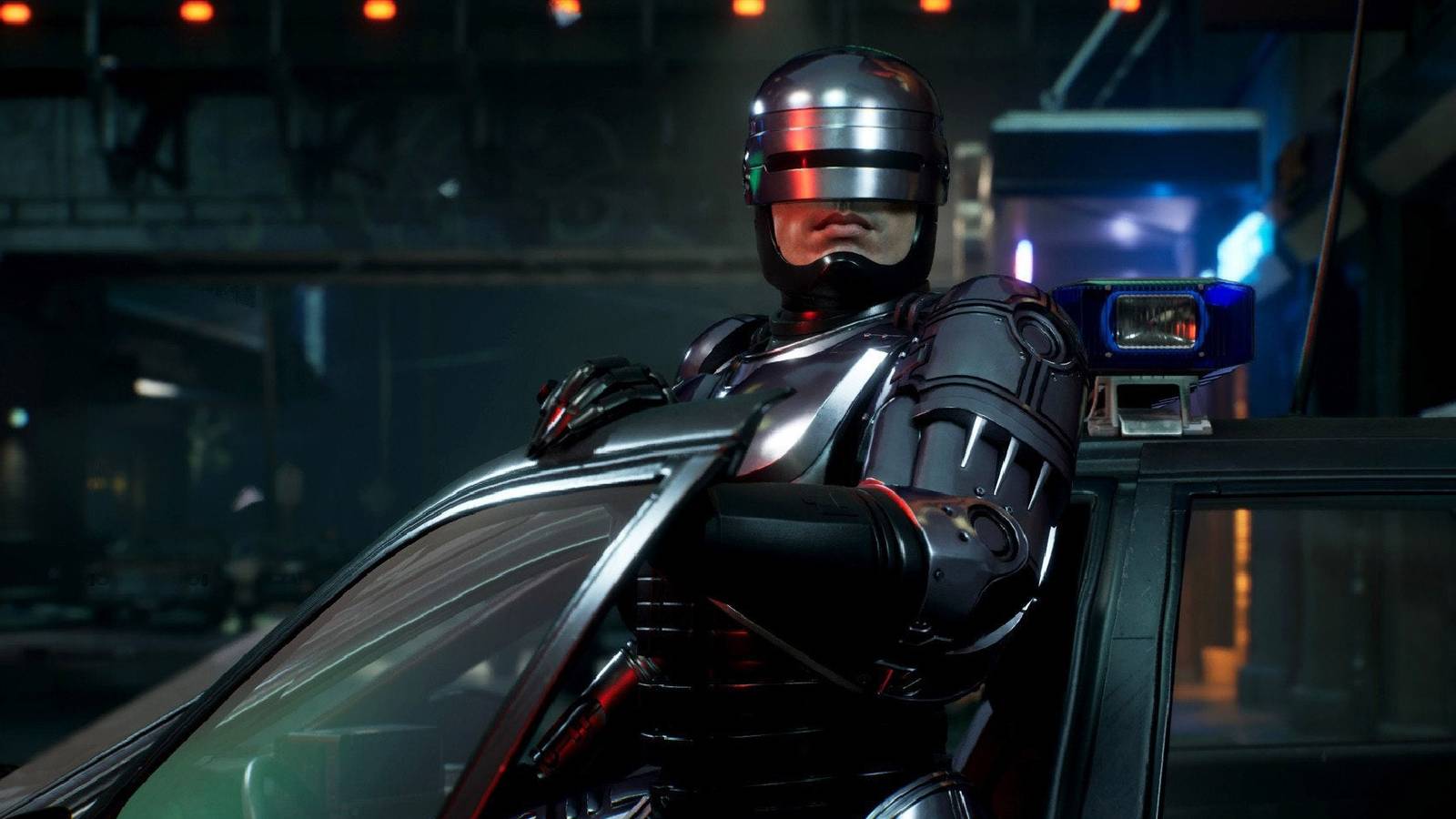The 1980s were a transformative era for the action film. During the decade, directors leaned into the tropes that defined the genre, including intense stunts, bombastic explosions, and clenched jawlines. By not shying away from these stereotypes but instead leaning into the tactic of exaggeration, 1980s action directors helped solidify the most beloved aspects of the action hero. It was the era of the action star, with big names like Arnold Schwarzenegger and Sylvester Stallone acting as the tent pole that supported the entire production.
If one year exemplified the action boom of the 1980s, it is 1987. That year, some of the most iconic names in action released some of the best-known action titles, movies that helped solidify our understanding of what makes the genre such a hit with audiences and critics alike. From the most famous names to niche favorites that are lesser known, 1987 was the best year of the 1980s for the action film genre, and these movies prove it.
‘No Way Out’ (1987)
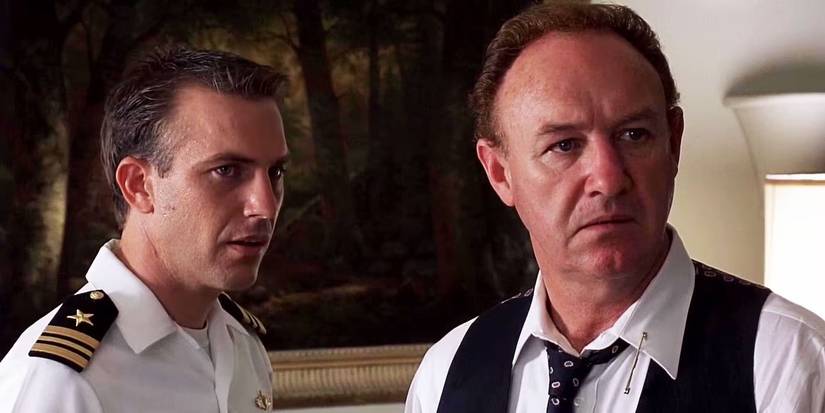
Kevin Costner and Gene Hackman as Tom Farrell and David Brice, in uniform and looking concerned at something offscreen in ‘No Way Out’Credit: Image via Orion Pictures
No Way Out is a textbook political action thriller. The film also has neo-noir tendencies with its focus on crime, moral ambiguity, and dark psychological themes through its twisted love triangle gone wrong. A political love affair turns deadly when a young woman, Susan Atwell (Sean Young), who is having an affair with both Navy Lt. Tom Farrell (Kevin Costner) and Defense Secretary David Brice (Gene Hackman), turns up murdered under mysterious circumstances. In a clear conflict of interest, Farrell is then assigned to investigate the murder. When his affair with the victim is revealed, Farrell shifts from investigator to suspect.
The film’s tight pacing and suspenseful plot helped it stand the test of time, and it holds up to some of the best action thrillers of any decade. Costner and Hackman’s performances are thrilling as the film races towards its shocking conclusion. The film’s cynical portrayal of government corruption and abuses of power remains relevant, and even vital, in modern times. But just because there are complex moral themes interwoven into the plot doesn’t mean the action takes a back seat, especially as No Way Out builds toward a dramatic conclusion with its infamous plot twist. The action sequences effectively add to the tension that naturally builds in this political action thriller.
‘Beverly Hills Cop II’ (1987)
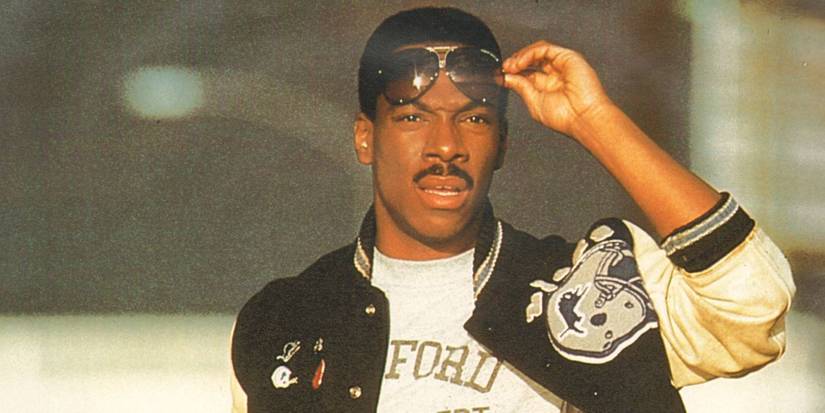
Axel Foley (Eddie Murphy) taking off his sunglasses in Beverly Hills Cop IICredit: Image via Paramount Pictures
Beverly Hills Cop II helped solidify the grand tradition of sequels in the action genre. It follows in a grand tradition established by the success of earlier sequel action films like Magnum Force, the 1973 sequel to Clint Eastwood‘s action thriller Dirty Harry. Beverly Hills Cop II leans on the star power of Eddie Murphy and his natural comedic abilities, but its tightly paced plot is all action.
Murphy returns as Detroit police detective Axel Foley, brought back to Beverly Hills to reunite with detective Billy Rosewood (Judge Reinhold) and John Taggart (John Ashton) on a case investigating the attempted murder of Captain Andrew Bogomil (Ronny Cox). The captain and his detectives were investigating a series of high-end robberies known as the Alphabet Crimes, where each crime scene had an encrypted letter left behind, marked with a letter of the alphabet tailored to each robbery. While Murphy’s infectious humor permeates the narrative, the action sequences hit heavy from the start. Beverly Hills Cop II opens with an action-packed bank robbery, contains a highway pursuit and a dynamic warehouse raid, and culminates in an exciting airport showdown.
‘Man On Fire’ (1987)
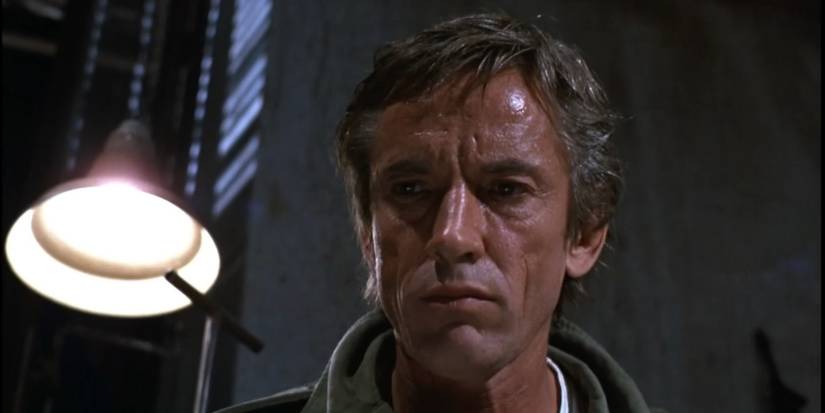
Scott Glenn ‘Man on Fire’ 1987Credit: Image via Tri-Star Pictures
For many, the character of a retired CIA officer turned kidnapping specialist named Creasy is associated with the haunting portrayal by Denzel Washington in the 2004 film, Man on Fire. However, Creasy originated in the novel of the same name by A.J. Quinnell, which was first adapted into an action film in 1987. The character was initially brought to the big screen by beloved character actor Scott Glenn, who has appeared in some of Hollywood’s most iconic films and TV shows. In the 1987 film, the plot centers on Creasy as a hired bodyguard for the daughter of a wealthy family in Lake Como, Italy (as compared to the 2004 film, which was set in Mexico City).
Creasy accepts what appears to be an easy payday, compared to his usual jobs involving his specialized skills as a mercenary. Burnt out after serving the CIA for years in war-torn places like Vietnam, Creasy initially feels the new assignment is beneath him. But the mercenary’s tough-guy, gritty personality eventually softens in the presence of his young charge, helping to establish an oft-used trope in the action genre: a gruff father-figure mentoring a young female pupil. When his young ward is kidnapped by the mafia, the fragile peace the ex-CIA agent had begun to build is shattered, and Creasy vows to seek revenge. Man on Fire may not have been the most action-packed action film from 1987, but its intense plot and dark psychology make it a significant contribution to the genre.
‘Over the Top’ (1987)
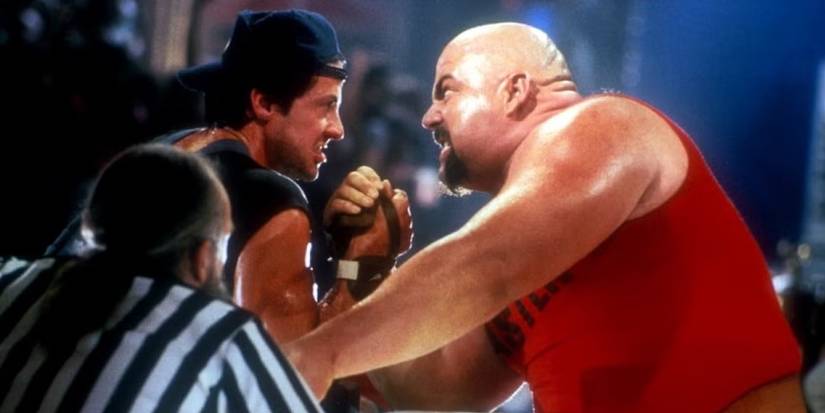
Sylvester Stallone arm wrestling ‘Over the Top’Credit: Image via Warner Bros.
Lincoln is a truck driver who makes extra cash on the side by participating in arm-wrestling tournaments. His estranged wife, Christina (Susan Blakely), has taken ill and tasks Lincoln with picking up their son, Michael (David Mendenhall), from military school. They are meant to bond on the trip from Colorado to California, but a detour causes delays, which leads to them missing the opportunity to be at Christina’s side when she passes away. Michael resents his father for causing the delay, and their estrangement leads Lincoln on a quest to win the World Armwrestling Championship in Las Vegas, with the plan to sell his truck and use the proceeds to place an extravagant bet on himself to win, despite being smaller in stature than most of the professional competitors.
There may not be a film in existence that exaggerates the machismo of the 1980s like the fittingly titled Over the Top. The passion action movie demi-god Sylvester Stallone imbues into his character Lincoln Hawk is matched by the intensity that other characters bring to the arm-wrestling championship central to the plot. The father and son reunion is the heart of the film, with the action deriving from the intense series of arm-wrestling matches that resolve the film.
‘The Running Man’ (1987)
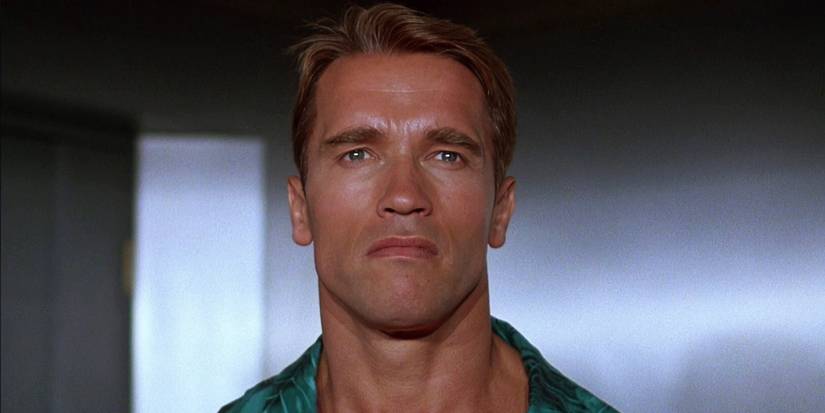
Arnold Schwarzenegger facing forward, looking determined in The Running Man.Credit: Image via Tri-Star Pictures
The Running Man is a definitive action film, with a non-stop chase built into the narrative from the start. In a dystopian “future” world under the rule of a totalitarian police state following a global collapse in the year 2017, a state-run TV series sentences convicted criminals to act as “runners” fighting for their lives as they are relentlessly pursued by professional killers. The film was such a quintessential action story, based loosely on a novel of the same name by Stephen King (published under his pseudonym Richard Bachman), that Paramount developed an upcoming remake starring Glen Powell that will be released in November 2025.
After refusing orders to open fire on a food riot in Bakersfield, California, Captain Ben Richards (Schwarzenegger) is arrested. When his fellow officers follow through on the massacre, Richards is framed as a single shooter who orchestrated the mass shooting. When his efforts to escape prison land him on The Running Man series, Richards has no choice but to fight to survive as the maniacal host of the TV show releases one “stalker” assassin after another. The perennial theme of resistance against tyranny is subtly woven into the film’s dystopian action packed scenes of Richards surviving each hellish scenario he finds himself in.
‘RoboCop’ (1987)
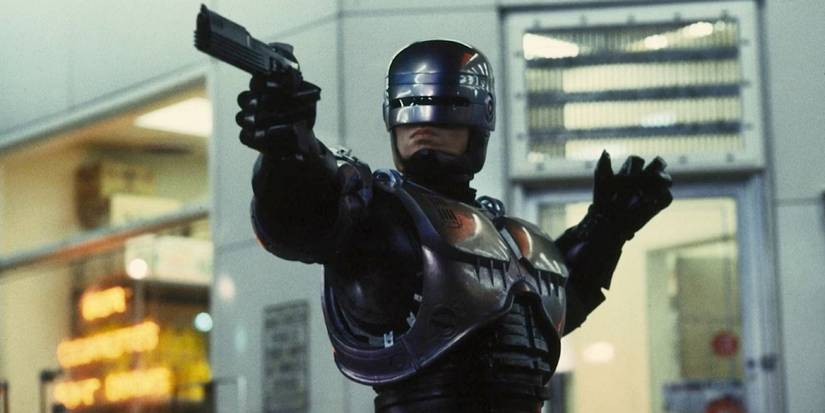
RoboCop (Peter Weller) aims his gun in ‘RoboCop’Credit: Image via Orion Pictures
RoboCop is an essential sci-fi action film. It comes complete with a crime-ridden city, an evil mega-corporation, and a cyborg human/machine hybrid coming to grips with his loss of humanity. Police officer Alex Murphy (Peter Weller) is ruthlessly murdered by a gang of criminals, then “revived” by the mega-corporation Omni Consumer Products as a crime-fighting cyborg called RoboCop. He is then released into a “futuristic” Detroit to brutally rid the city streets of crime.
Director Paul Verhoeven emphasizes the violence in every action sequence, creating a film with high-paced gun fights, exploding vans, an intense cyborg versus robot fight sequence, and a climactic finale where RoboCop faces off against the gang that murdered him in his human form. RoboCop’s exploration of themes of the nature of identity and humanity, and an overarching criticism of the extremes of capitalism, makes it a stand-out action film with lasting social commentary. In fact, the themes proved to be so pervasive that they launched a successful franchise that will likely continue with an upcoming TV series, said to be in the works from executive producer James Wan.
‘Lethal Weapon’ (1987)
Lethal Weapon is the definitive 1980s buddy-cop action film. A mismatched pair of LAPD detectives, Martin Riggs (Gibson) and Roger Murtaugh (Danny Glover), are tasked with investigating a gang of drug dealers after Murtaugh receives a tip from a comrade in the Vietnam War. Riggs and Murtaugh could not be any more opposite. Riggs is an LAPD narcotics officer and former Special Forces officer undergoing a mental health crisis after the loss of his wife. Meanwhile, Murtaugh is a sturdy, reliable family man who is initially wary of his new partner’s seemingly volatile mental state.
Although the buddy-cop dynamic can often lean more towards the comedic, Lethal Weapon moves rapidly from one gritty action sequence to the next, but the narrative never suffers. As famed film critic Roger Ebert observed, the plot of the movie is so tightly wound that “it’s like a rubber band ready to snap.”
‘Predator’ (1987)
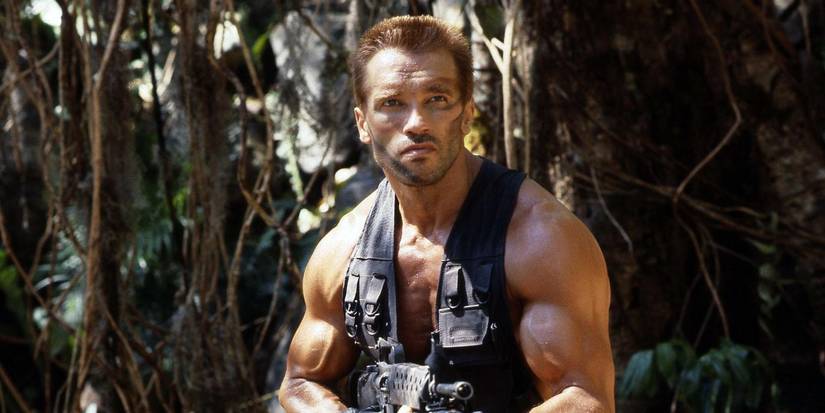
Arnold Schwarzenegger in ‘Predator’ (1987)Credit: Image via 20th Century Studios
There isn’t a single action film in cinematic history that is as jam-packed with machismo as John McTiernan‘s Predator, down to the fact that Anna Gonsalves (Elpidia Carrillo) is the sole female character. Dutch Schaefer (Schwarzenegger) is the leader of a paramilitary unit sent on a mission to rescue hostages in Central America. Things take a turn once Dutch and his team enter the jungle, and gradually come to understand that they have become prey to an unknown (and frequently near invisible) elite Predator that is stalking them as they progress on their mission.
Predator is a classic action film, but its lore about a technologically advanced alien race, known as the Yautja, who hunt other lifeforms for both sport and honor, makes it a beloved sci-fi film as well. Everything about it is iconic, from the premise to Schwarzenegger’s performance to the titular antagonist, one of the most enduring in cinema. It’s little wonder that this 1987 action movie has spawned a plethora of sequels and crossovers, including the much-anticipated upcoming installment, Predator: Badlands, starring Elle Fanning, set to be released in November 2025.

